Between Mountains and the Sea : Fréjus, Saint-Raphaël, Les Maures and the L’Estérel massif
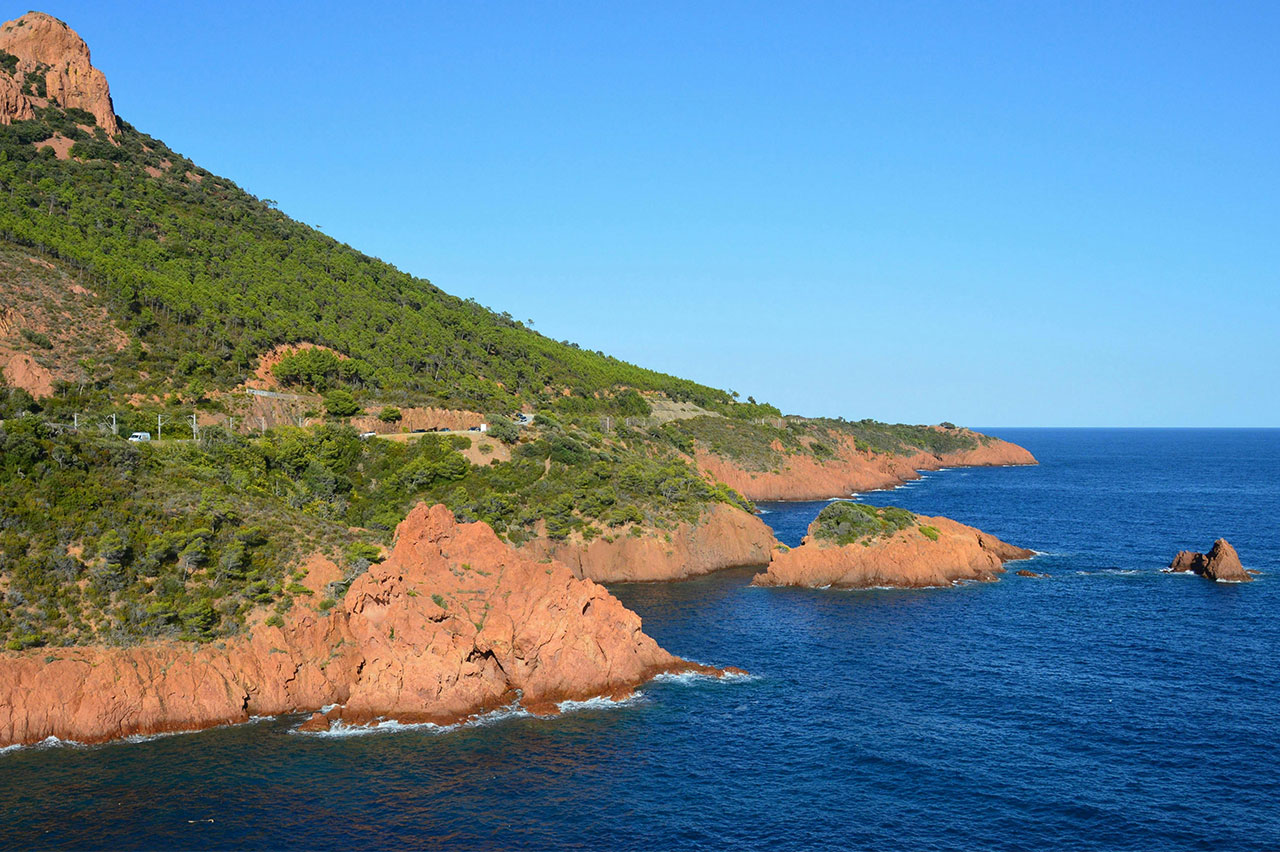
Fréjus, in the footsteps of the Romans
A visit to Fréjus is a true journey through time. Founded by Julius Caesar in 49 BC, the town’s exceptional ancient heritage is ideal for those curious about history. The Roman theatre, which dates from the 1st century, is one of Europe’s architectural wonders. The remains of the stone stands, which could accommodate up to 6,000 spectators. Designed to host human and animal fights, the amphitheatre is a major building of the Roman city. The arena underwent conservation work between 2008 and 2012, within the framework of the project « Plan Patrimoine Antique ».
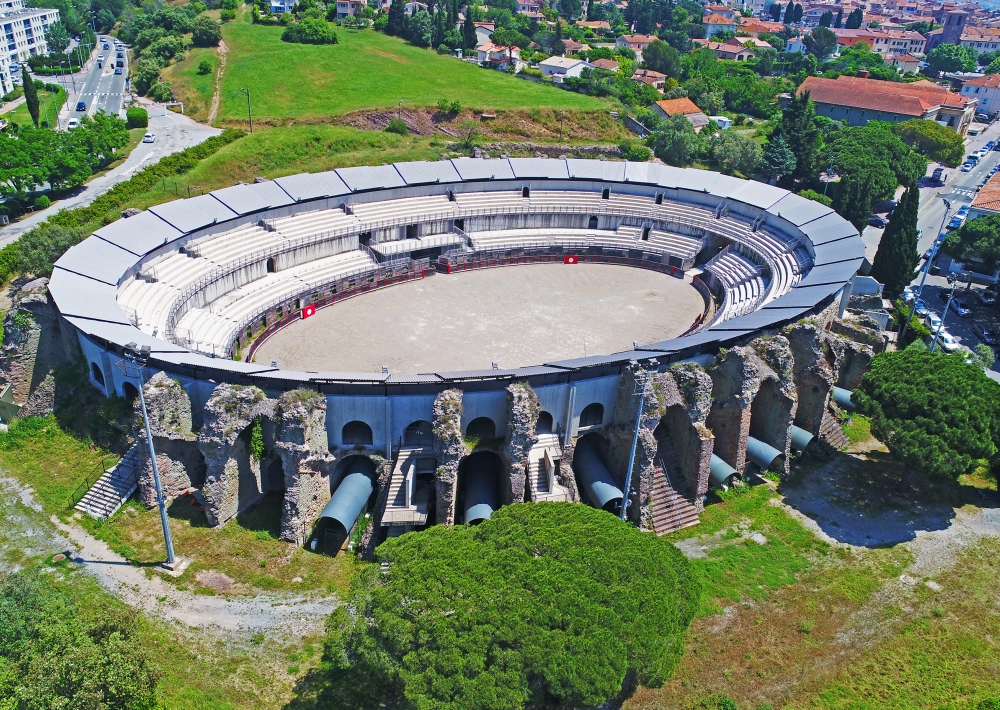
The Fréjus Archaeological Museum houses an incredible ancient collection that traces the history of the city since Antiquity. You will find Roman mosaics, bronze and marble statues, amphorae and other daily life artifacts from Roman times within.
Fréjus’ heritage is not limited to its Roman past. It also has a medieval past, as seen at the Saint-Léonce Cathedral and its unique medieval cloister. This treasure of Provencal Romanesque art, which dates from the 12th century, is decorated with impressive columns and finely carved capitals in stone.
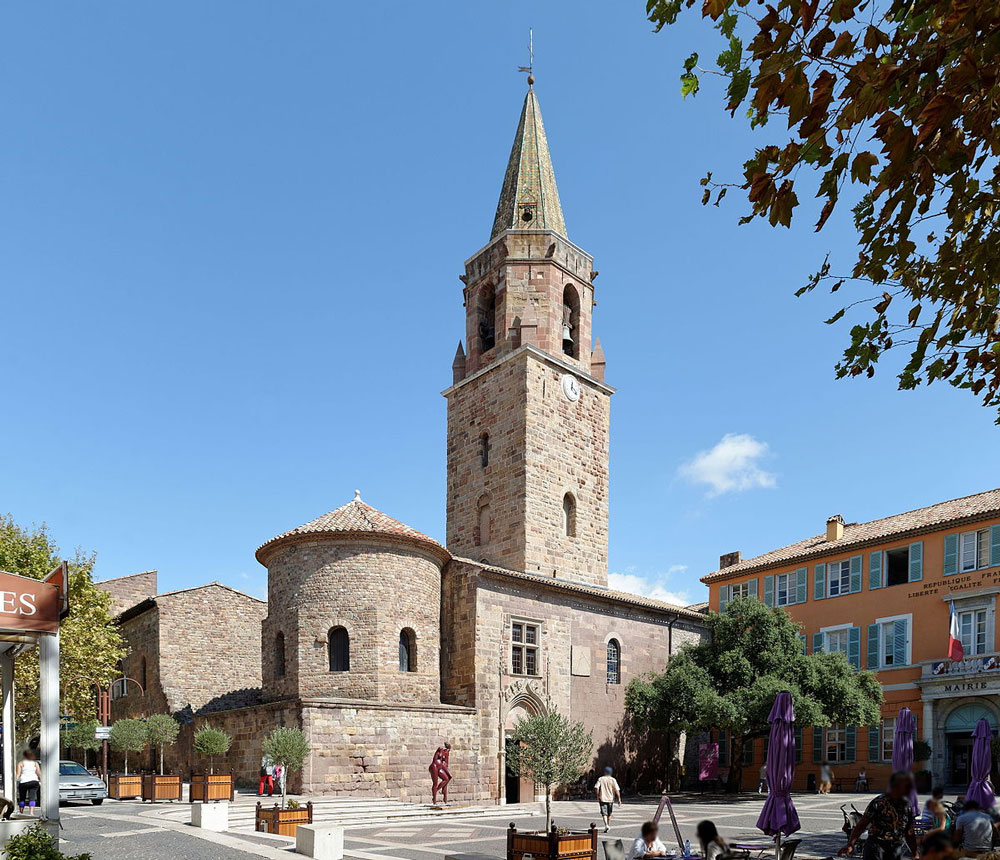
The architecture and decoration of the Notre Dame of Jérusalem chapel were designed by Jean Cocteau, the year of his death in 1963. However, Jean Cocteau sometimes integrated a hermetic symbolism that makes it a work of complex interpretation. Although finished after the death of the poet, the esthetics and the message of the building remain faithful to the graphic style and to the approach of the artist.
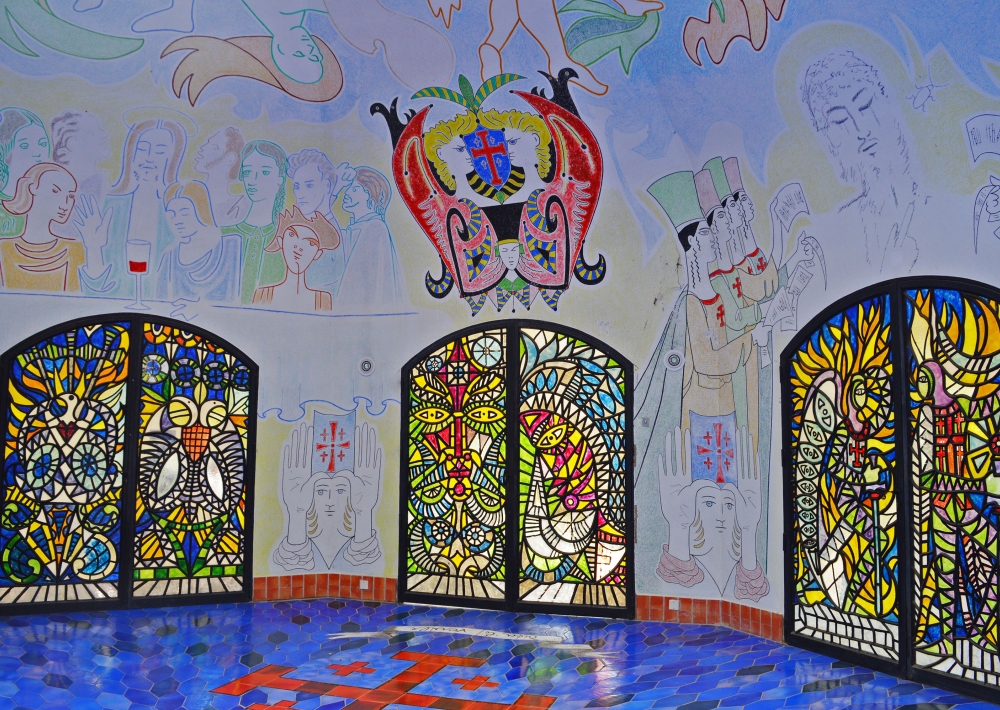
Fréjus is a dynamic town that offers numerous cultural and festive events throughout the year, such as the ‘Nuits Auréliennes’ in July, an unmissable event for lovers of theatre.
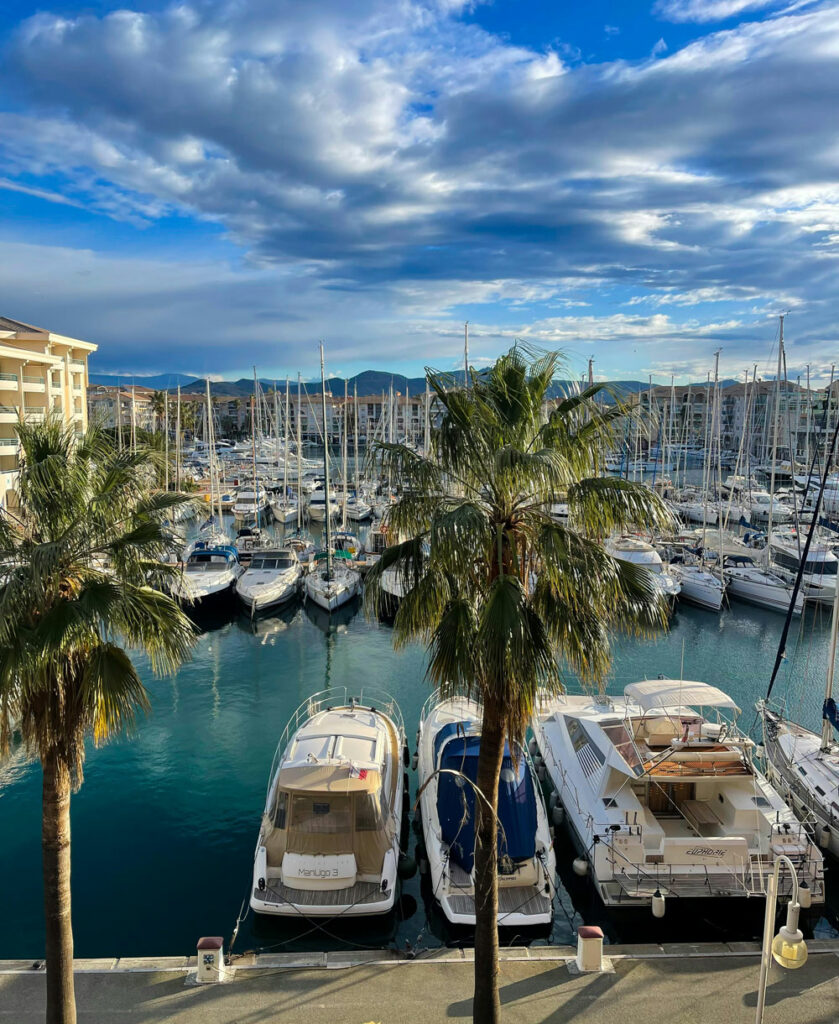
Saint-Raphaël, between mountains and the sea
Saint-Raphaël, a seaside resort on the Riviera, is a town with Belle Époque charm. Its fine sandy beaches and Art Deco villas make it a popular destination town on the Cote d’Azur. The old port, which keeps to the old Provençal style of colourful houses and lively restaurants, is an ideal place to wander around and enjoy the summery atmosphere.
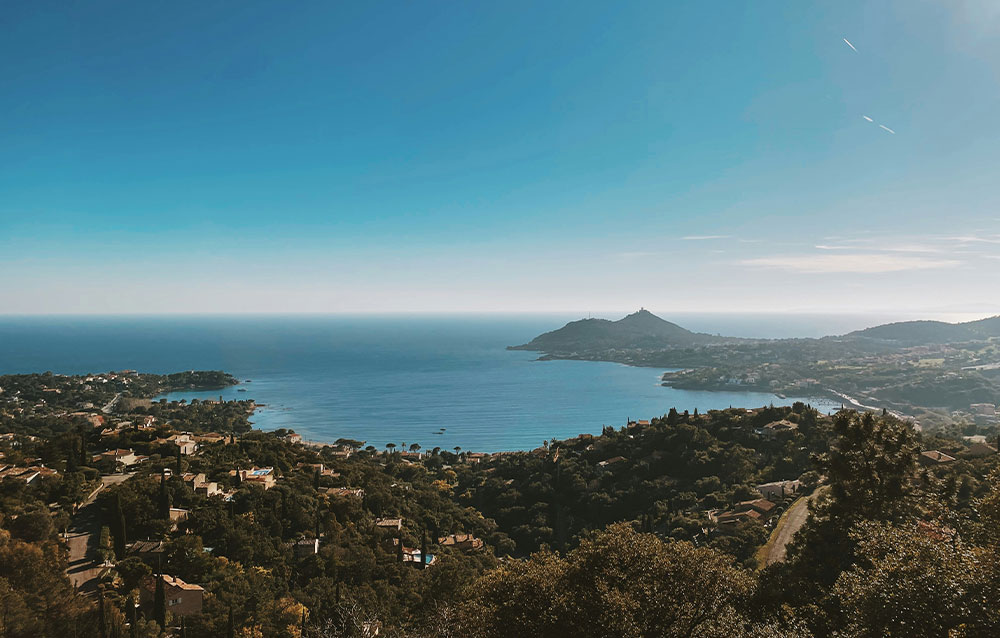
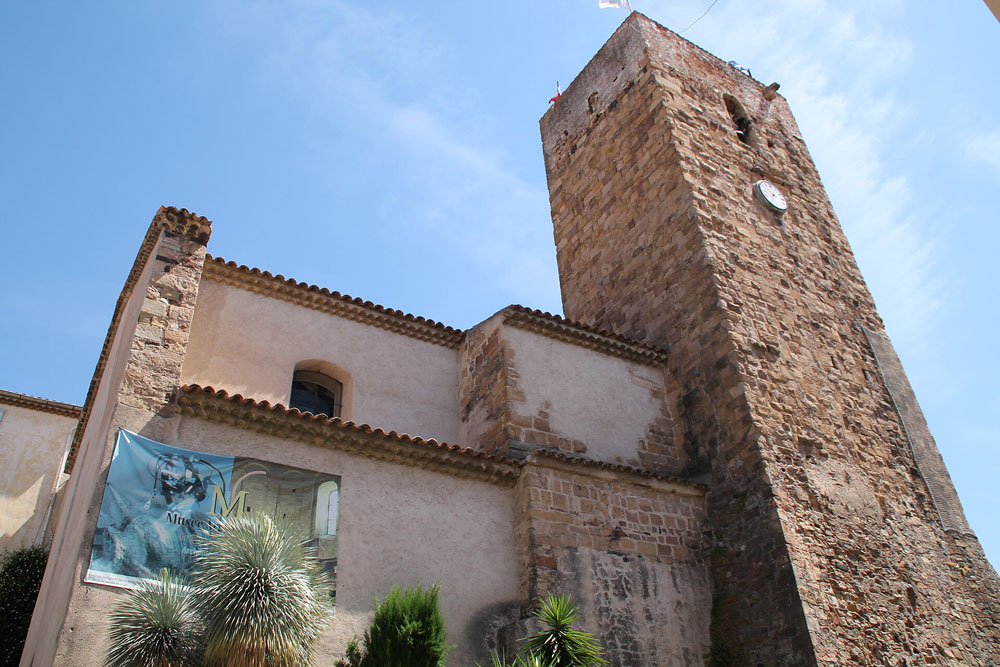
Then, the Notre-Dame-de-la-Victoire church, a neoclassical basilica from the 19th century, is worth a visit to appreciate its architecture,stained glass windows, and the stunning representation of the Archangel Raphael, who is of course the town’s symbol.
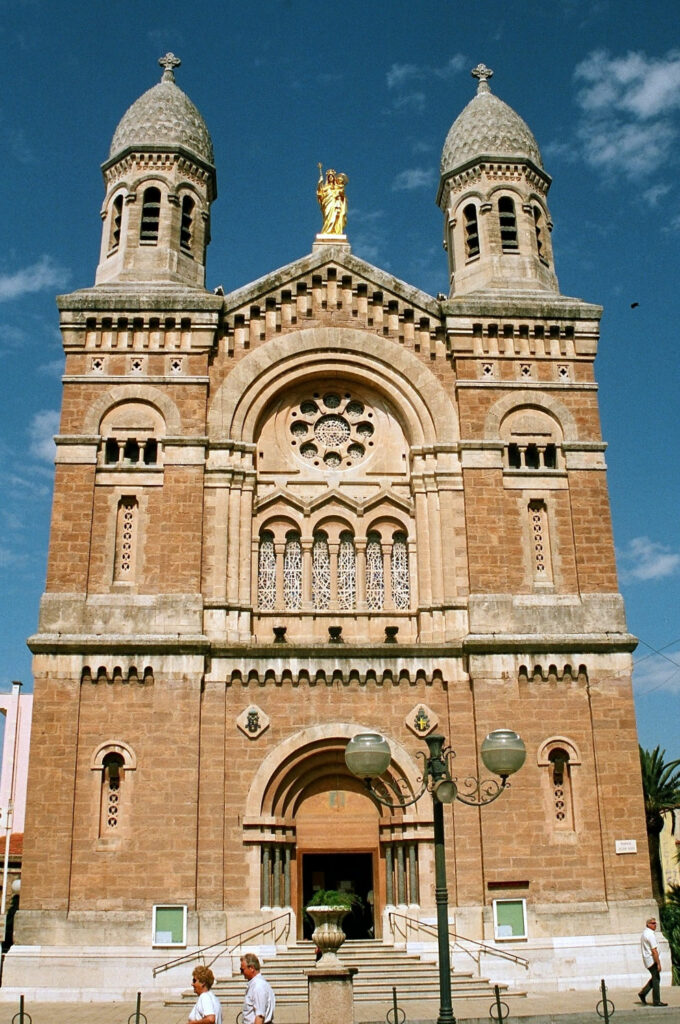
Saint-Raphaël is a dynamic town that offers exhibitions, concerts, shows and festivals throughout the year. The most famous of them is the springtime ‘Rencontres théâtrales de Saint-Raphaël’, and the summer celebration ‘Les rendez-vous du bord de mer’.
The Mountainous Maures and the Esterel
The Maures mountain range, reaching a height of 771 meters, extends over nearly 60 km from Hyères to Fréjus. Its rugged terrain, its dense forests of holm oaks and chestnut trees, and its 5,276-hectare nature reserve – La Plaine des Maures – are home to a great deal of preserved wildlife: wild boars, deer, foxes, tortoises and numerous birds.
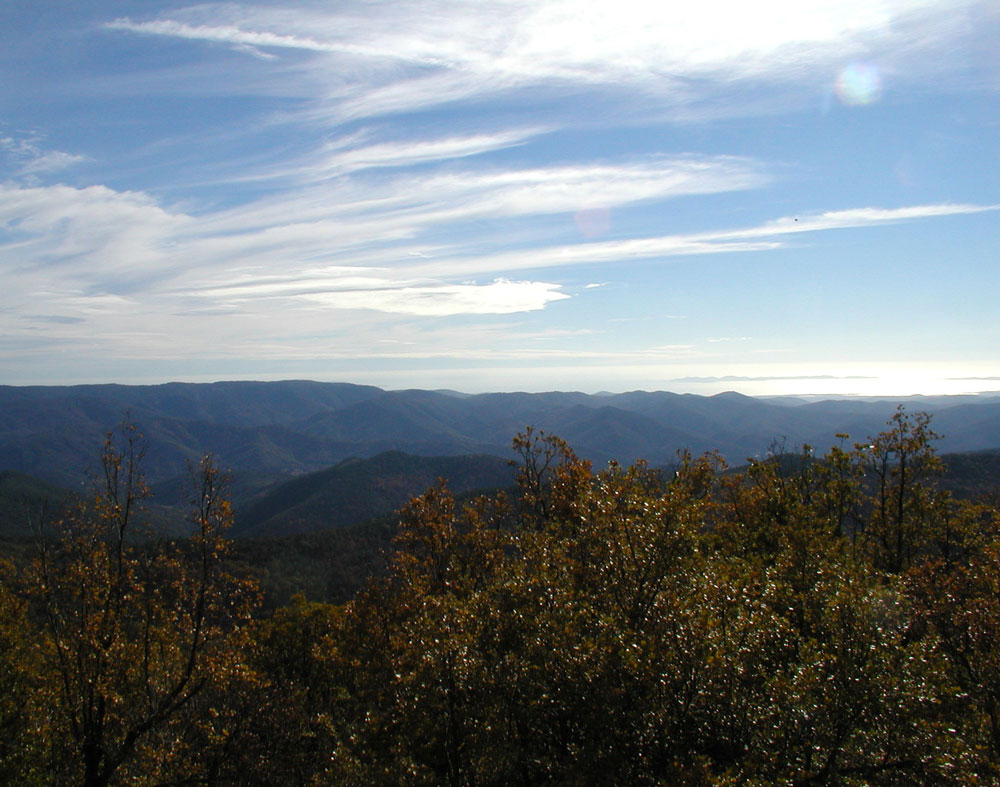
Hidden in the heart of this luscious wilderness, is the magnificent Chartreuse de la Verne, a former monastery classified as an historic monument, which is still occupied by monks and yet open to the public all year round. Then, located on one of the highest peaks of the Maures massif, is the Notre-Dame des Anges sanctuary, with its chapel and its small cloistered convent. There are around 26 villages dotted around the Maures mountains, and among these, don’t miss the fortified village of La Garde-Freinet, and Collobrières, which is the ‘chestnut capital’ of the harvest season.
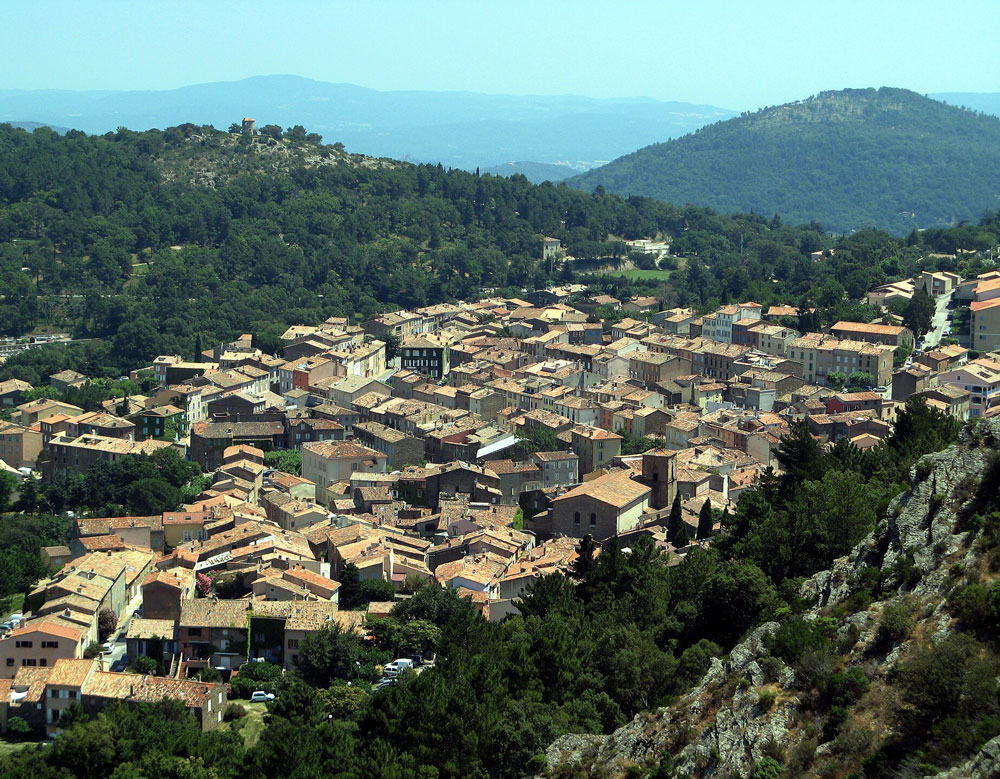
The Argens valley sits between the Maures mountain range and that of the Estérel, which together spread over many towns including Saint-Raphaël, Fréjus, Bagnols-en-Forêt and Adrets de l’Estérel. This adds up to around 32,000 hectares, almost half of which are classified and restricted as a “Natura 2000” zone. Geologically, this mountain range was created after a volcanic eruption 250 million years ago, when it was originally connected to the island of Corsica.
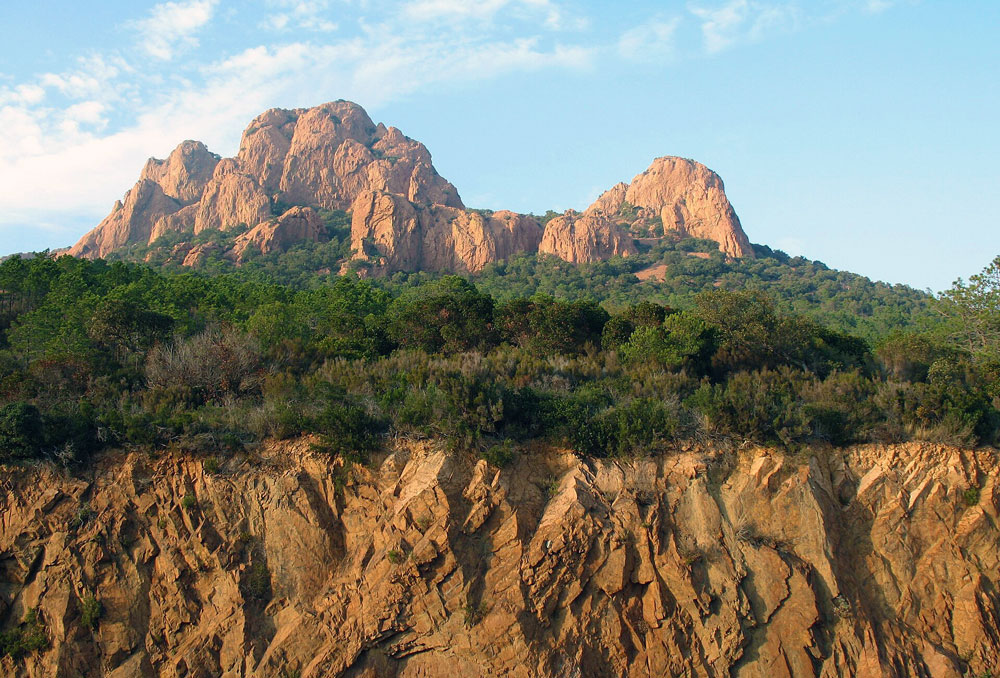
Renowned for its red rocks that split and plunge towards the Mediterranean, these mountains offer breathtaking panoramic views and exceptional swimming spots along the Corniche d’Or. In the east of the massif, Lac de l’Écureuil is an essential place to observe aquatic birds and amphibians. Further on, the pic du Cap Roux is an ideal spot for hikers to enjoy stunning sights as they make their way towards the orientation table, the Saint Horonat cave or the famous Saint-Barthélémy rock.
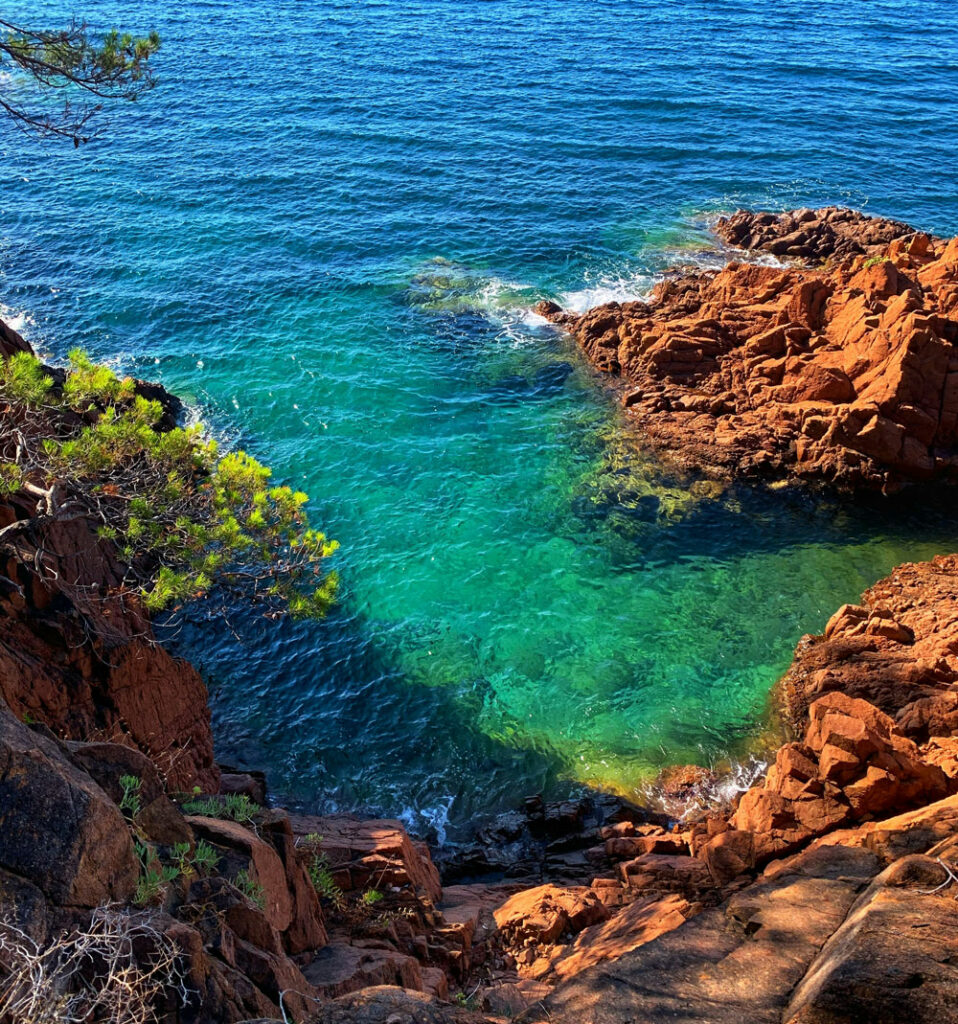
Bordering the Var coast, these two mountain ranges offer a great deal to visitors thanks to their landscapes and their biodiversity, and the outdoor activities that go with it: hiking, climbing, mountain biking, kayaking, and even horseback riding.
Please note: the Massif des Maures is closed to the public from June 1st to September 30th due to the risk of fire. Plan your hikes outside of this period.
